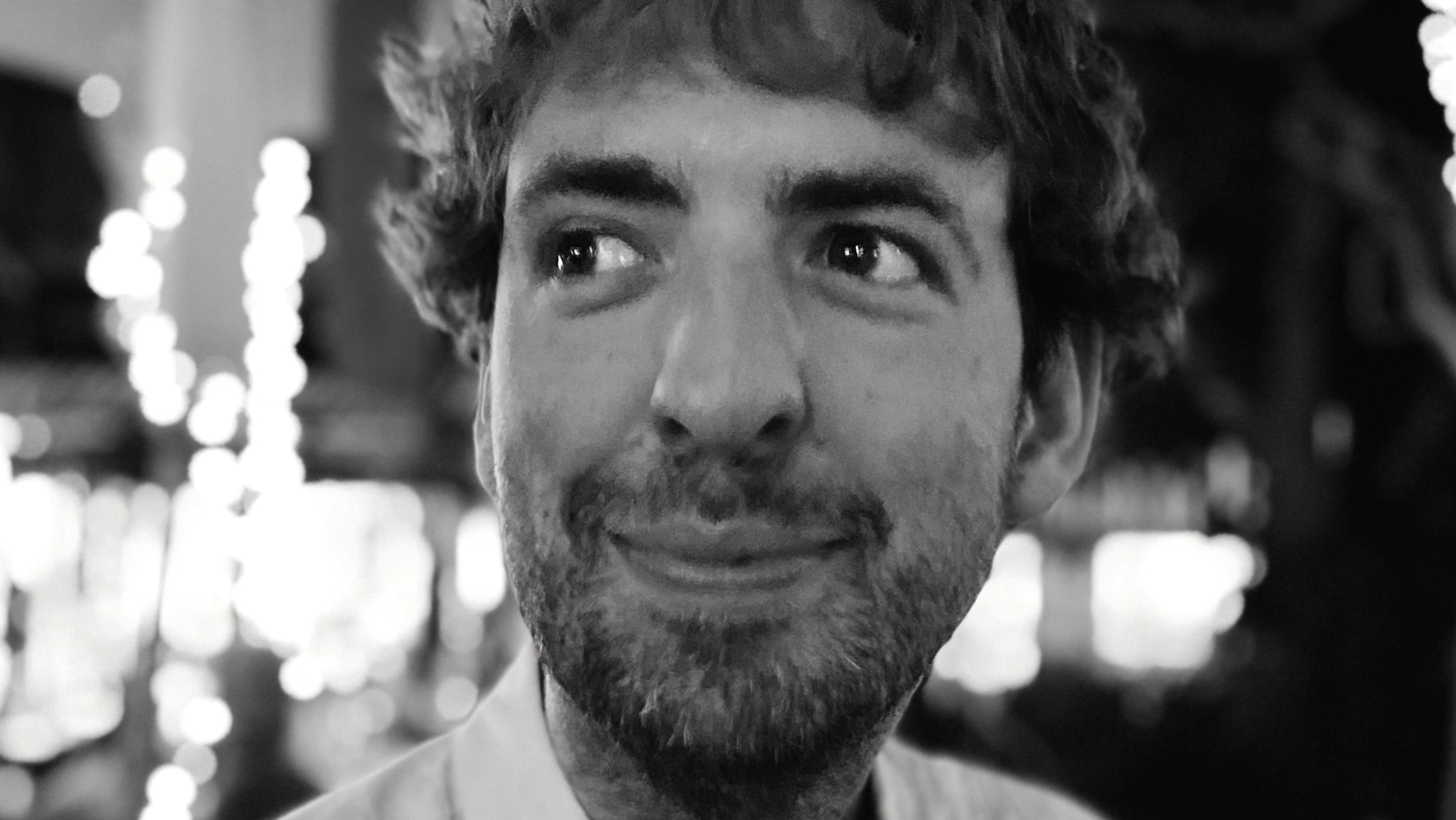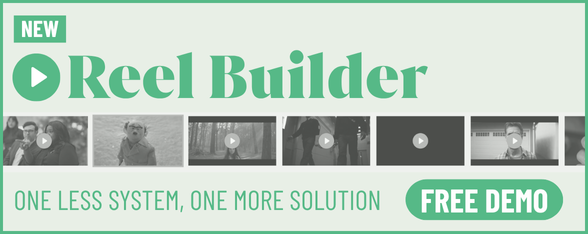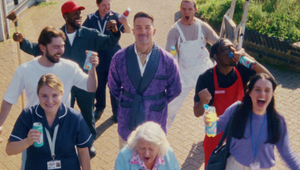
The Directors: Jamie Muir

Jamie Muir is a director and photographer with an eye for authentic stories, characters and feeling. Jamie works within the scope of elevated lifestyle and in recent years, fashion. With an inherent love for natural light, his films are truly a joy to watch. He is talented at capturing natural performances from his cast and is experienced shooting across a wide range of climates, cultures and countries. Jamie's style is timeless and cinematic with universal attraction. He seemingly captures the very essence of life itself. Jamie works across commercials, short films, music videos and documentaries.
LBB> What’s the most important part of your creative process?
Jamie> Personally I need to find the tone and sentiment of a script first and foremost. Crafting and adjusting the concept to work for me rather than against. Once that tone is set and the narrative feels concise and I’m excited, everything else should fall into place.
LBB> What do you love most about your work right now and how do you think it’s changed over the last few years?
Jamie> I do love the evocative candid emotive moments in my work, it’s not always possible on every job, as sometimes you need a spontaneity that can’t be created with trying to meet the demands of a corporate client, but I always try at least! Push for that extra candid moment that makes the whole filming process worthwhile.
My works definitely constantly evolving, I think by now we all recognise there is a tendency for directors to get pigeon holed into a certain filmic style or technique. I look back and feel like I most certainly was. A romantic storytelling piece for example would often hit my inbox. Now I like to think my work is more eclectic, still encompassing a human and romantic outlook on life, yet the stories now extend to more than romantic couplings.
LBB> What elements of a script sets one apart from the other and what sort of scripts get you excited to shoot them?
Jamie> When the idea is boiled down to it’s simplest form, and I can frame it with a visual language that feels powerful and memorable. I do tend to look at scripts from an aesthetic point of view as my background was cinematography at film school. Therefore epic locations, impressive natural light and a concise emotive story told with heart is what grabs me.
LBB> If the script is for a brand with a market you're new to, how important is it for you to do research and understand that strategic and contextual side of the ad? If it’s important to you, how do you do it?
Jamie> I think that can be incredibly important when pitching in parts of Asia. In my experience the West tends to have quite different tastes culturally. I remember pitching on a Coca-Cola commercial where I thought the deck looked beautifully naturalistic, only it turned out the client was not at all after naturalistic. It definitely pays to research the market’s differences when it comes to aesthetic and tone. Understand you might need to think about cultural sensitivities on set too when it comes to wardrobe, especially in Muslim majority countries.
LBB> For you, what is the most important working relationship for a director to have with another person in making an ad? And why?
Jamie> I gravitate towards the cinematographer and their department naturally as that’s what I studied at university, but I also want them to do what they do without too much interruption. After all, we brought them in for their taste and style. I know you only asked for one person but I find in commercials, the creative director is also key in helping things move smoothly. Obviously some agencies are more hands off and that’s great too but the vast majority want to be heavily involved and I find having a strong, friendly and open dialogue with the creative director so critical.
LBB> What type of work are you most passionate about - is there a particular genre or subject matter or style you are most drawn to?
Jamie> I love simple storytelling, human interest stories and cinematic documentaries that cover obscure ideas. The list goes on… but I’m drawn to authenticity and something I can relate to, all told within a beautiful light. Hidden disability is a subject I’m particularly drawn to (something I’m afflicted with myself).
LBB> What are your thoughts on opening up the production world to a more diverse pool of talent? Are you open to mentoring and apprenticeships on set?
Jamie> I’d definitely be open to mentoring on set and to open the industry up to a more diverse pool of talent, it feels as if over the last few years there have been some great strides in this area but one thing I haven’t seen enough of from the industry is the inclusion of people with a disability. Having a disability myself, it can be a difficult subject to broach and in 2024, it just shouldn’t be something that gets in the way.
LBB> How do you feel the pandemic is going to influence the way you work into the longer term? Have you picked up new habits that you feel will stick around for a long time?
Jamie> The pandemic has not changed my work a huge amount, there may have been a slight shift towards direct to client work, where directors also help write scripts. Budgets have felt a little squeezed at times but I do like to embrace a challenge too!
LBB> Your work is now presented in so many different formats - to what extent do you keep each in mind while you're working (and, equally, to what degree is it possible to do so)?
Jamie> I have to say I have fallen in love with full frame photography recently. Giving a lovely depth of field to imagery, it works very well for social content being a similar aspect ratio. Whenever I start a project it’s one of my first questions, where will it will show? I think now the only complication is if the story feels it really does require anamorphic lenses. As then you might need to rethink online formats or get ready to do some extreme crop in post.
With the high resolutions we shoot now though, and even upscaling using AI, nearly anything is possible. It’s not something that concerns me, it’s just something to prepare for. The story ends up still just as powerful.
LBB> What’s your relationship with new technology and, if at all, how do you incorporate future-facing tech into your work (e.g. virtual production, interactive storytelling, AI/data-driven visuals etc)?
Jamie> Myself, like many directors, have dabbled with MidJourney and Chat GPT for treatments and storyboarding but I am yet to use virtual production. I do not doubt for a second that it’ll become a heavily used tool in our arsenal. I think it has a long way to go before it can match the nuances we can create on location but technology is moving forward incredibly quickly. Future-facing tech is something I’d always want to embrace and try out for size. I would just want to make sure it feels right for each specific job. Never force it.
LBB> Which pieces of work do you feel really show off what you do best – and why?
Jamie> 1) My film with Ford, where I had the chance to be part of the big reveal that Ford would be re-entering the world of F1 with Red Bull. It was an honour to make and I had so many fans reaching out. That has to be a film I’m proud of!
2) HSBC is up there for it’s sun-kissed, dynamic camera work and evocative performances.
3) My recent Land Rover chaptered series, produced with Irresistible Studios. I’m so proud of these 13 films! Here is one of my favourite from the series.
4) I actually really fell in love making my latest film for OYSHO in the mountains of northern Spain. Received very well, which is always satisfying. The visuals turned out really luscious and the pacing of the edit came through just how I’d hoped!















